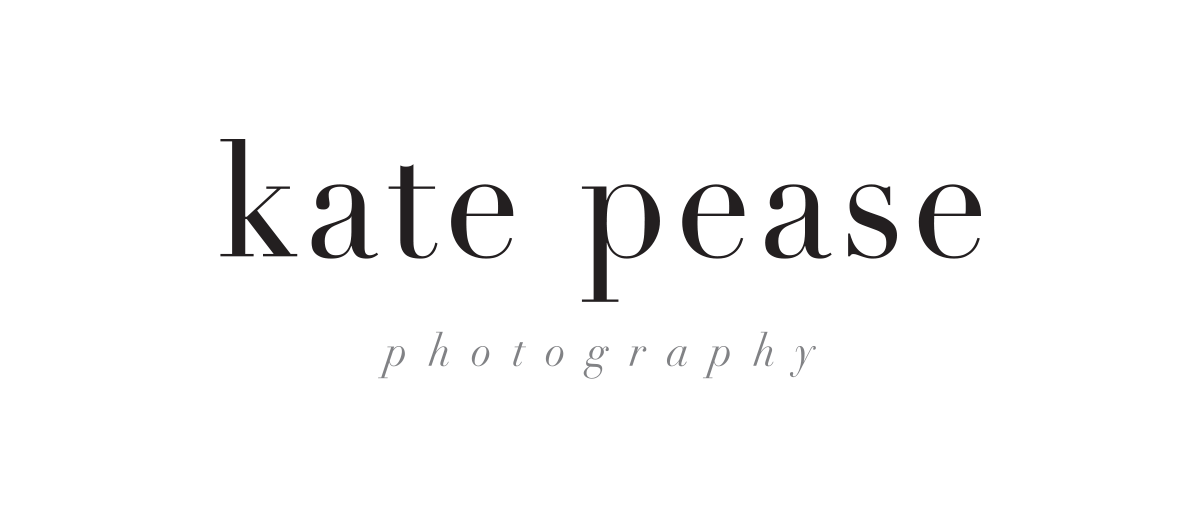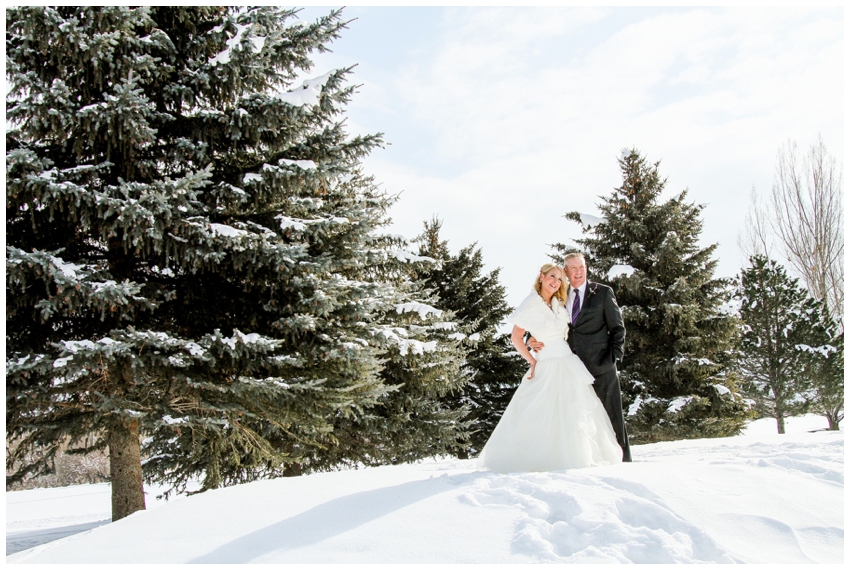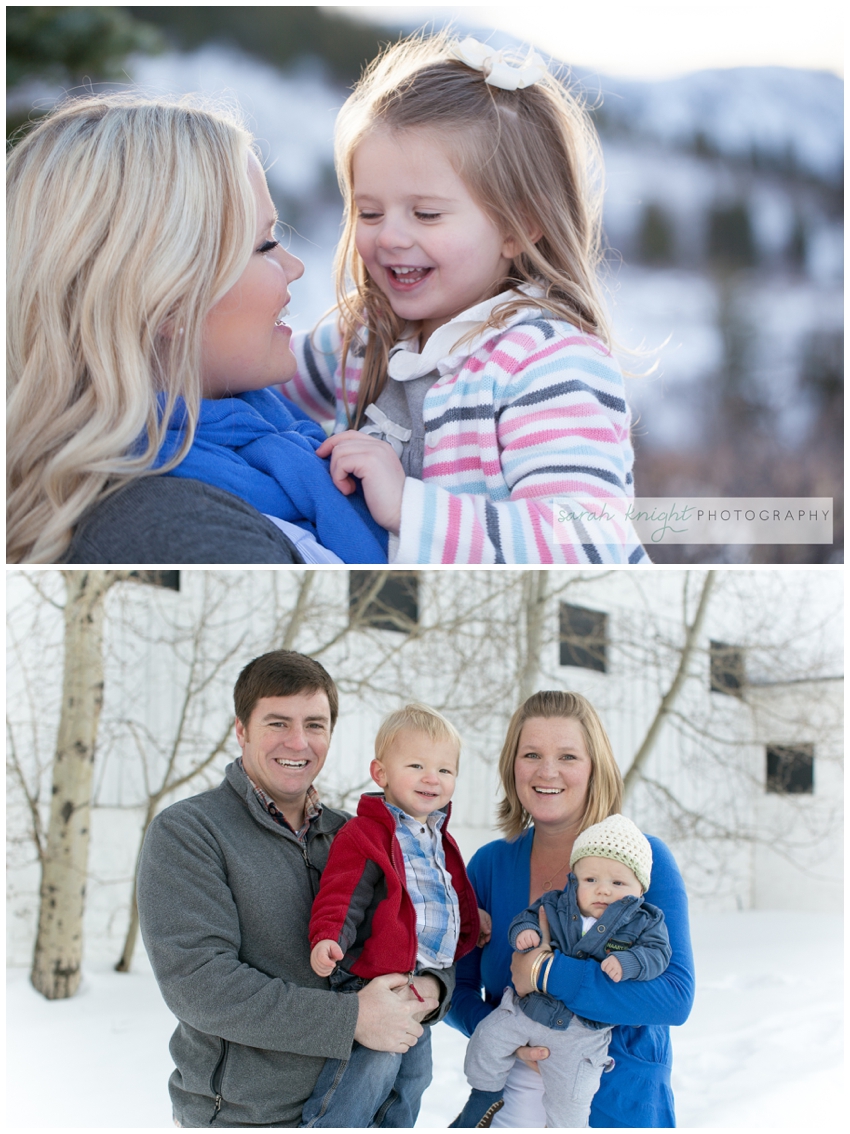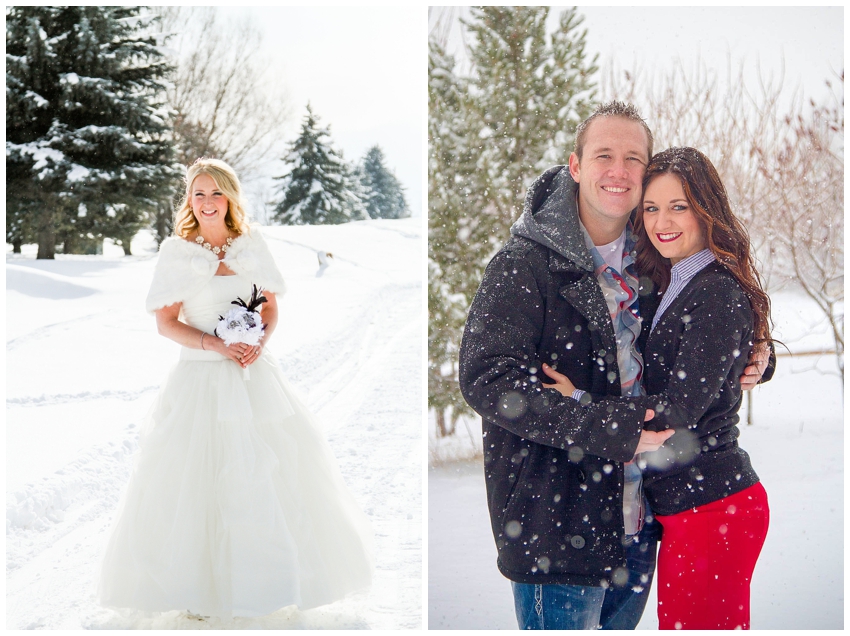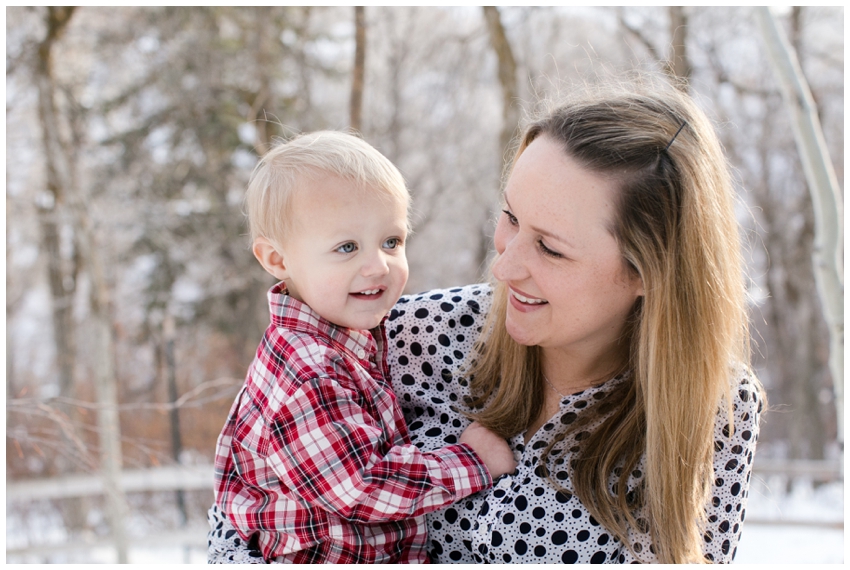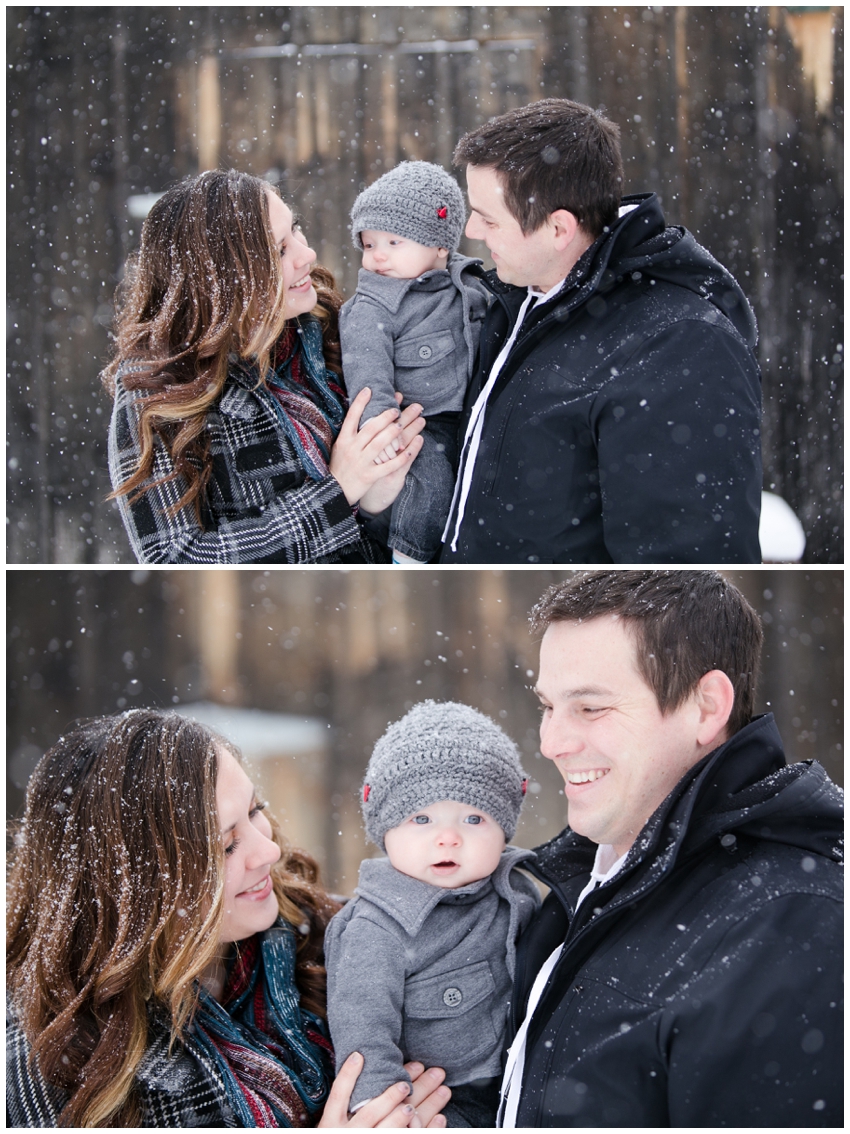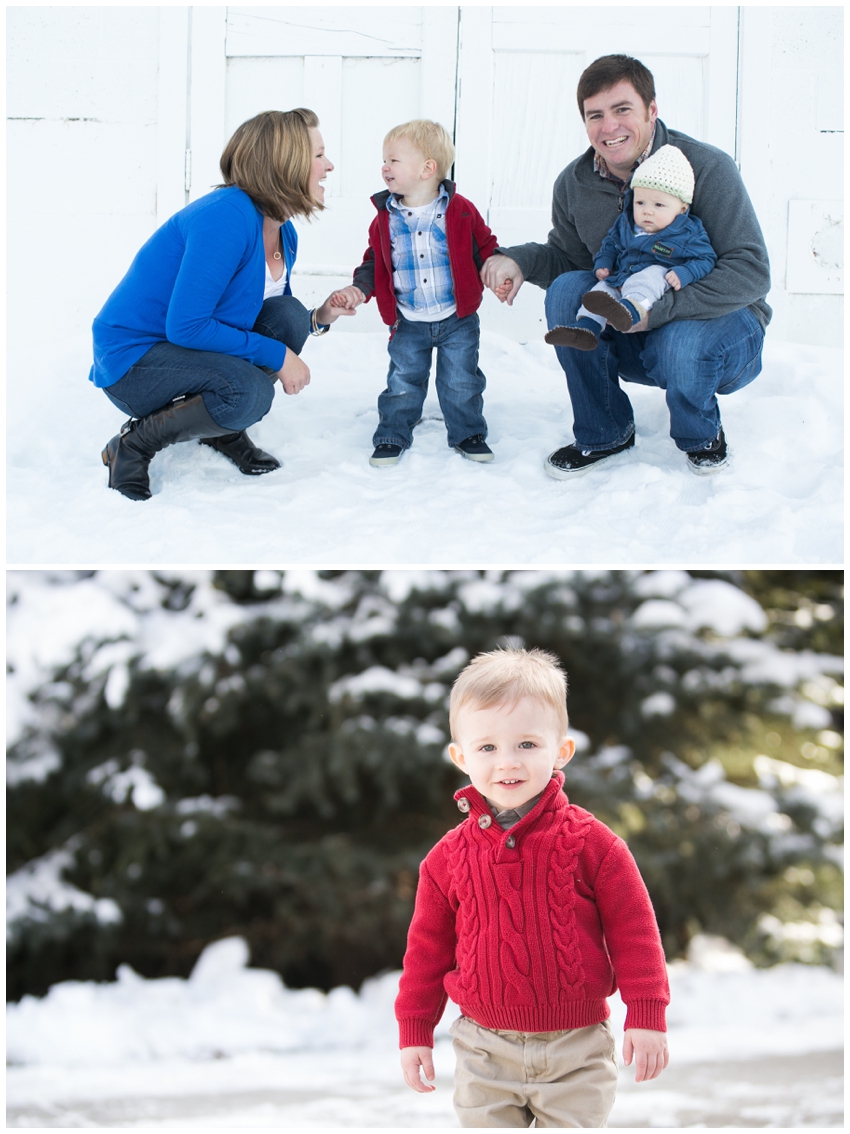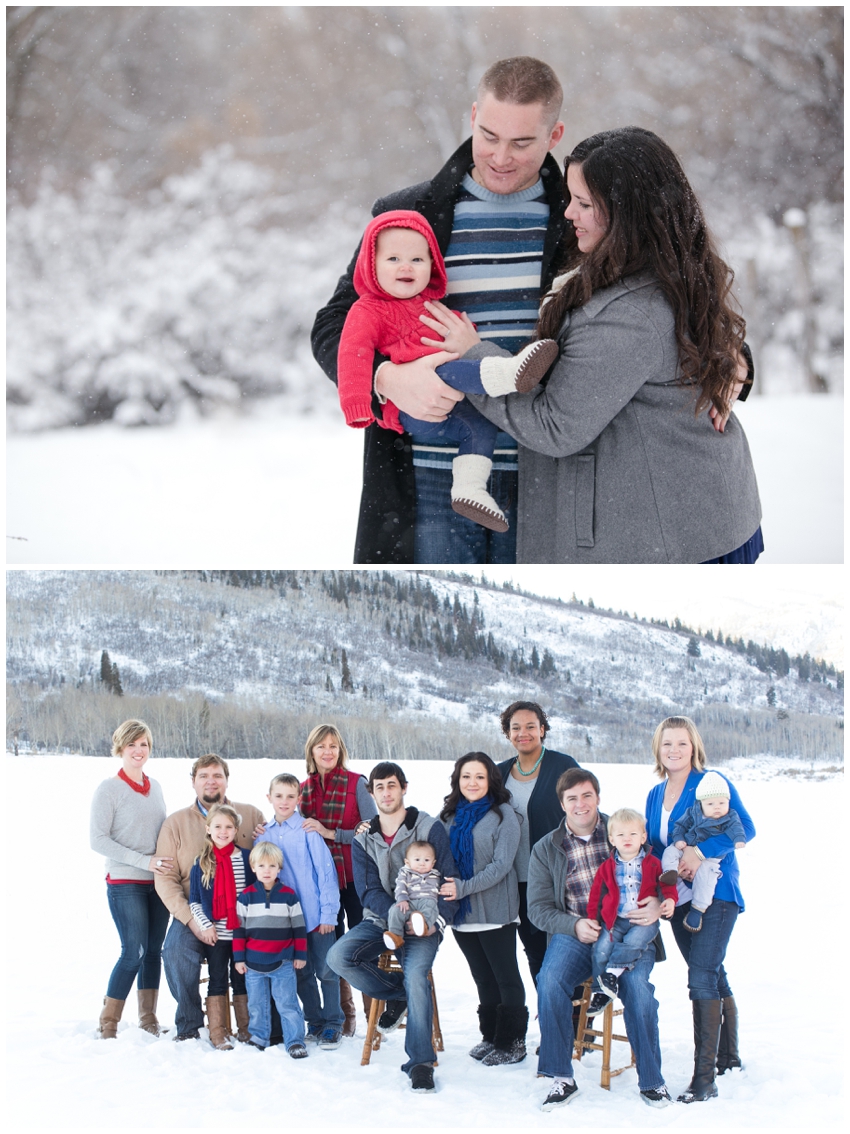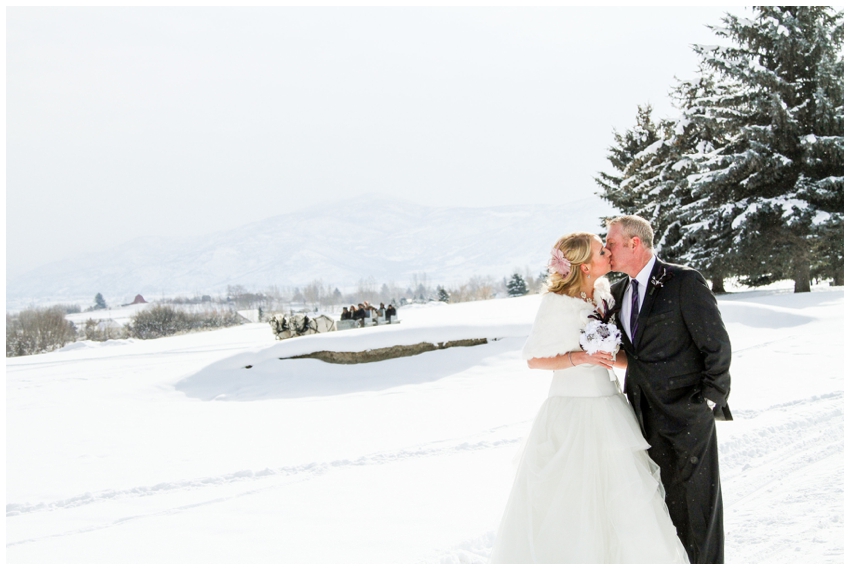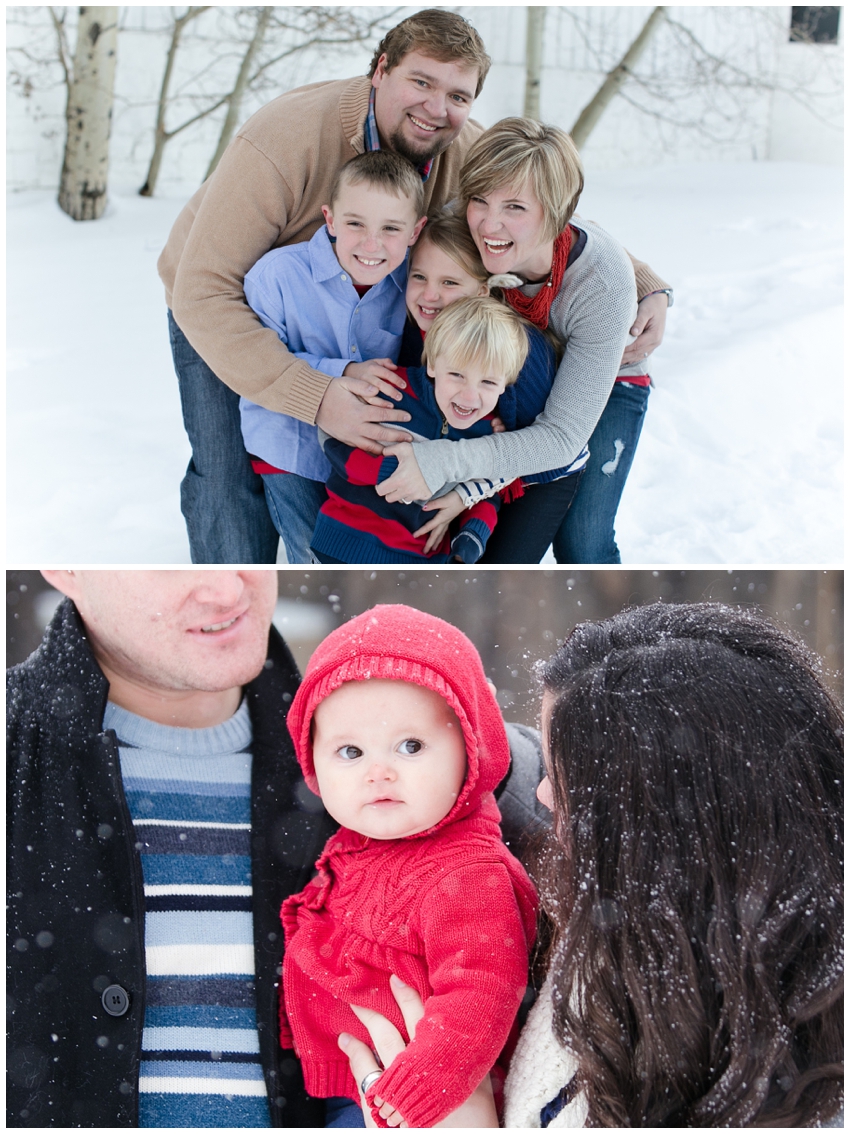NBC Studio 5: Five Tips for taking photos in the snow
Today I was on Studio 5 giving tips on how to take photos in the snow.
Tip 1: Nail your exposure
When the camera sees a snowy scene, the camera will think it is too bright, therefore making your subject too dark, and not properly exposed. You will have to over-ride the camera by exposing it properly. To do this with a DSLR, shoot in manual mode and over-expose by one to two stops. If you’re shooting in a manual mode, change the exposure compensation plus one or two stops. To do this with a point and shoot, change the shooting mode dial to “portrait” which looks like the profile of a woman. And to expose properly on a smart phone, simply tap the face of your subject and it will focus and expose for your subject instead of your back ground.
Tip 2: How to get stunning skin tones
One of the best things about shooting in a snowy scene is it creates the most stunning skin tones! To do this, you have to have your subject standing in the snow. It won’t work if they’re standing on a driveway or asphalt. The light from the sun/sky reflects off the snow and onto your subject. It fills in lines and wrinkles, and really is the best skin brightener!
Tip 3: Add contrast in background and outfit
If your shooting in any other time of year (spring, summer, fall…) the background colors and nature will provide plenty of interesting colors and contrast to your photo. Since a snowy scene is often one dimensional in color, it really adds a lot to a photo to add contrast to your photo. Don’t be afraid to wear bold colors, or stark contrasting colors. I also love putting my subject against a dark backdrop (like a dark wall or dark pine trees) to add contrast. When you put your subject against a dark backdrop, it helps so you can really see the snowflakes falling.
Tip 4: Adjust your white balance if needed
White balance is how the camera reads the temperature of the light whether the light is warm or cool. For example, florescent has a different temperature than a bright sunny day. For the most part, the camera does a really great job reading the temperature of the light, but sometimes in a snowy scene, even if the sun is shining, the photos can come out too cool, which isn’t very flattering for skin tones. Adjust your white balance accordingly by switching it to shade or cloudy.
Tip 5: Dress appropriately!
It seems like common sense, but you would be surprised that I’ve had people show up to photo shoots in the snow with bare legs and bare arms. Wear boots, and bundle up!
